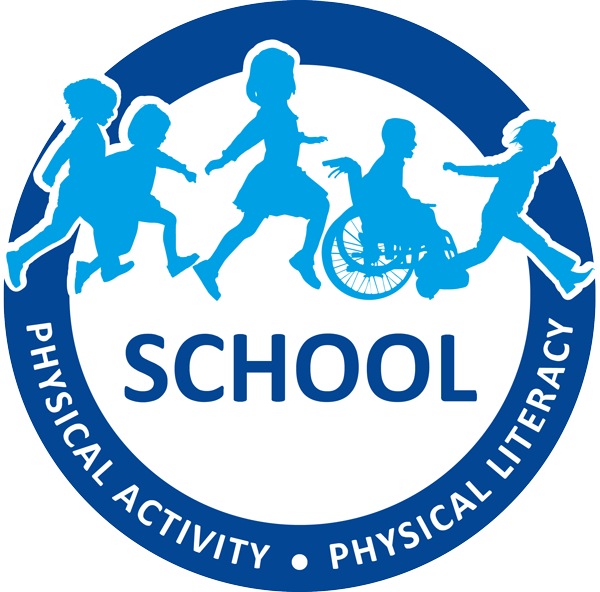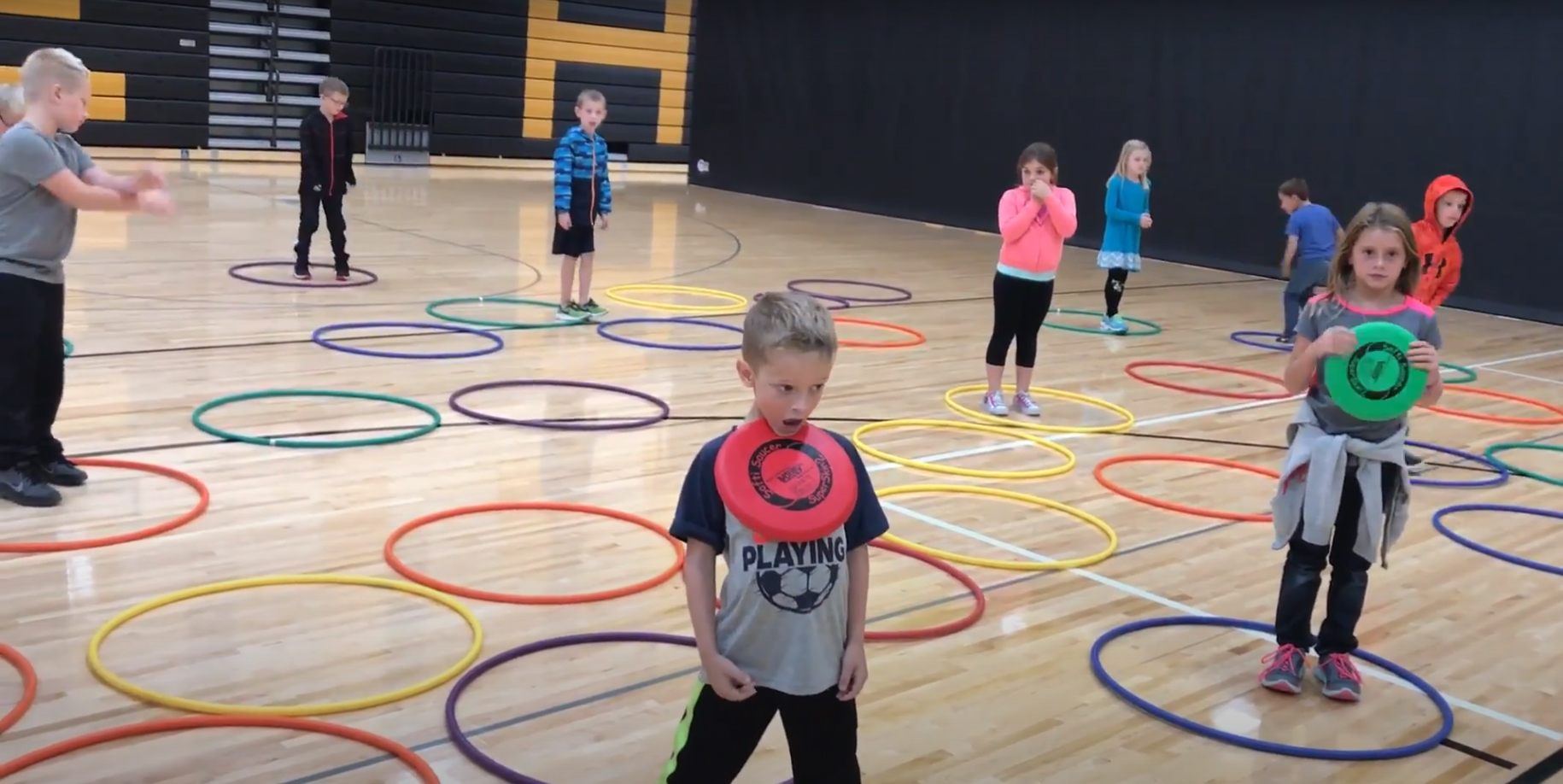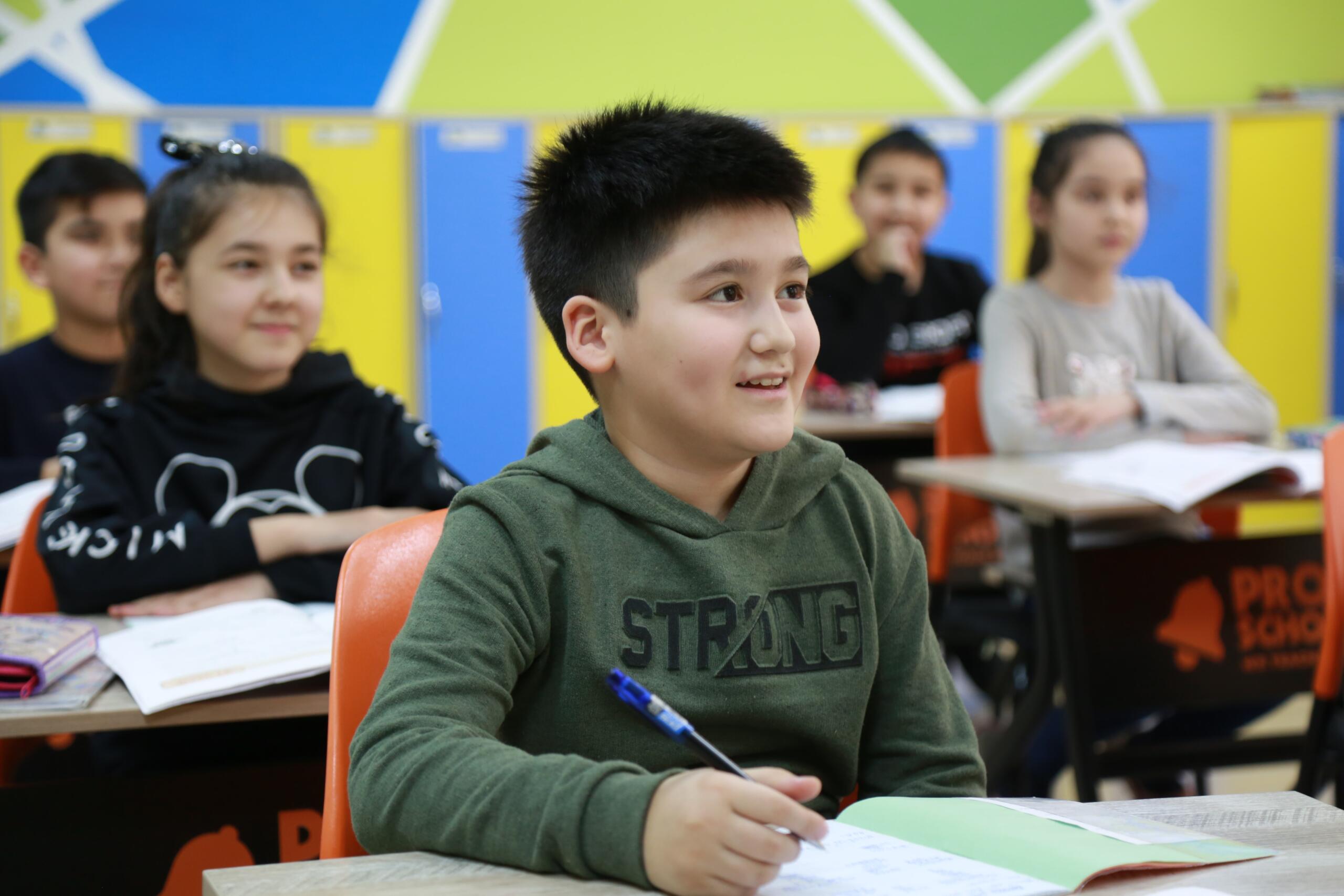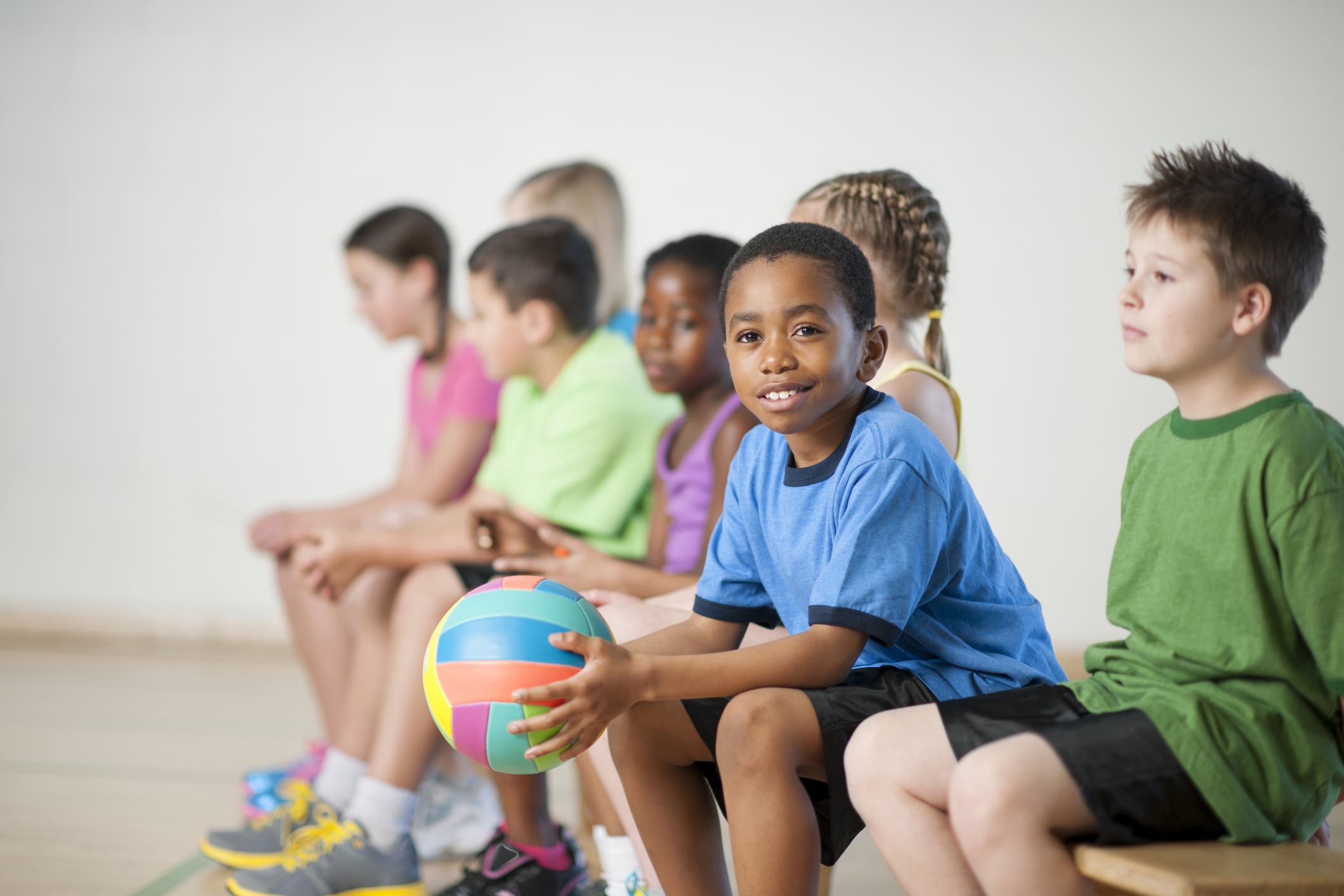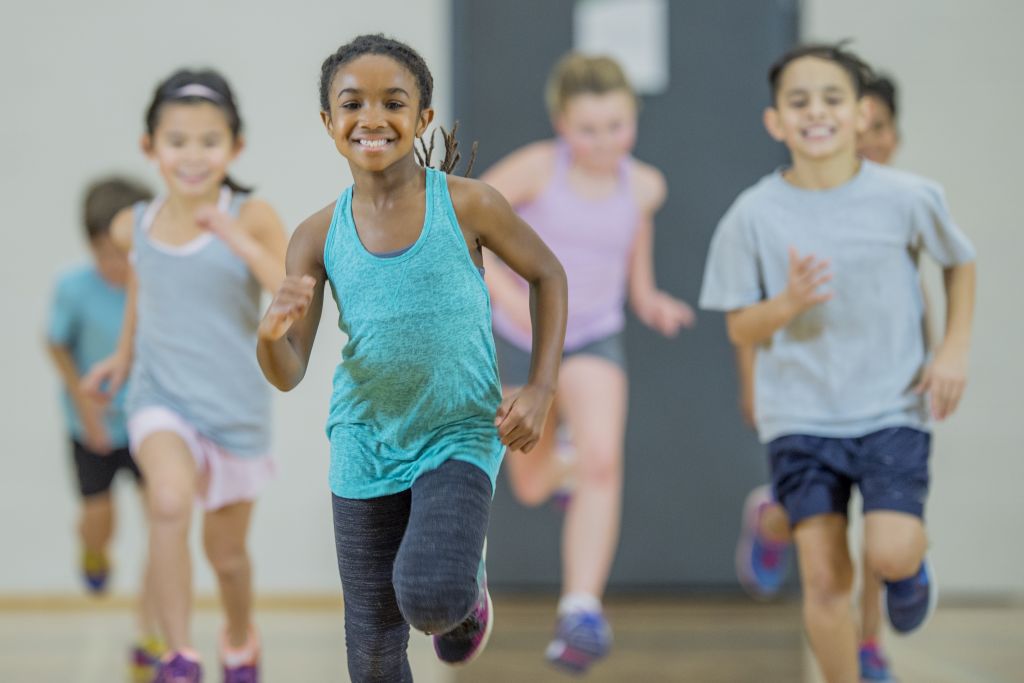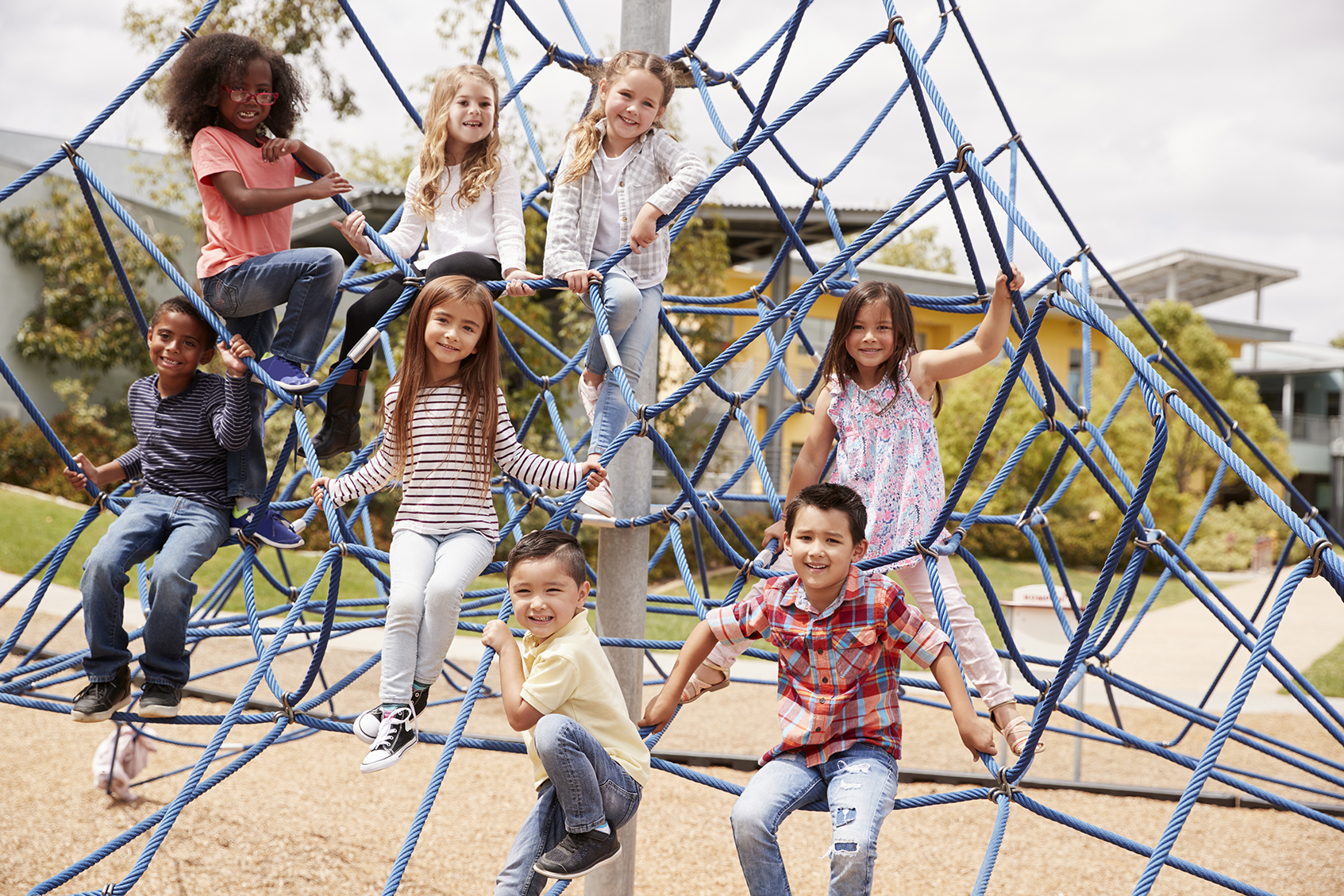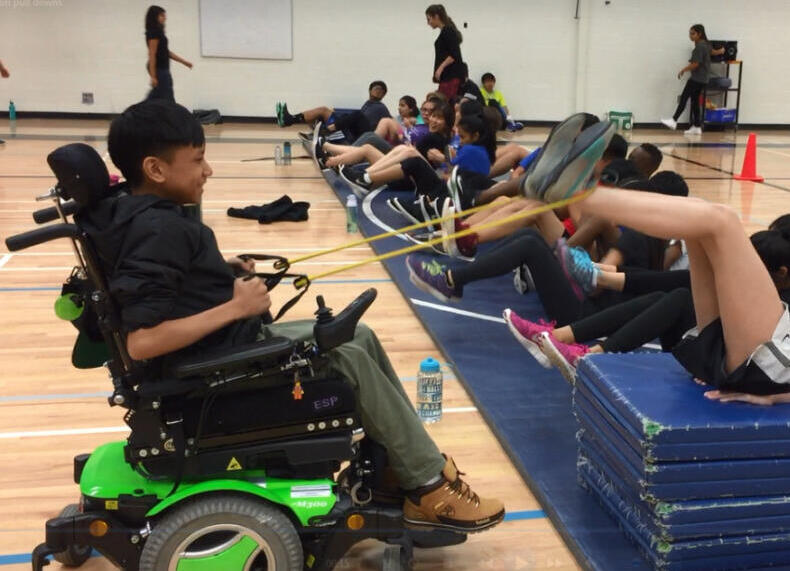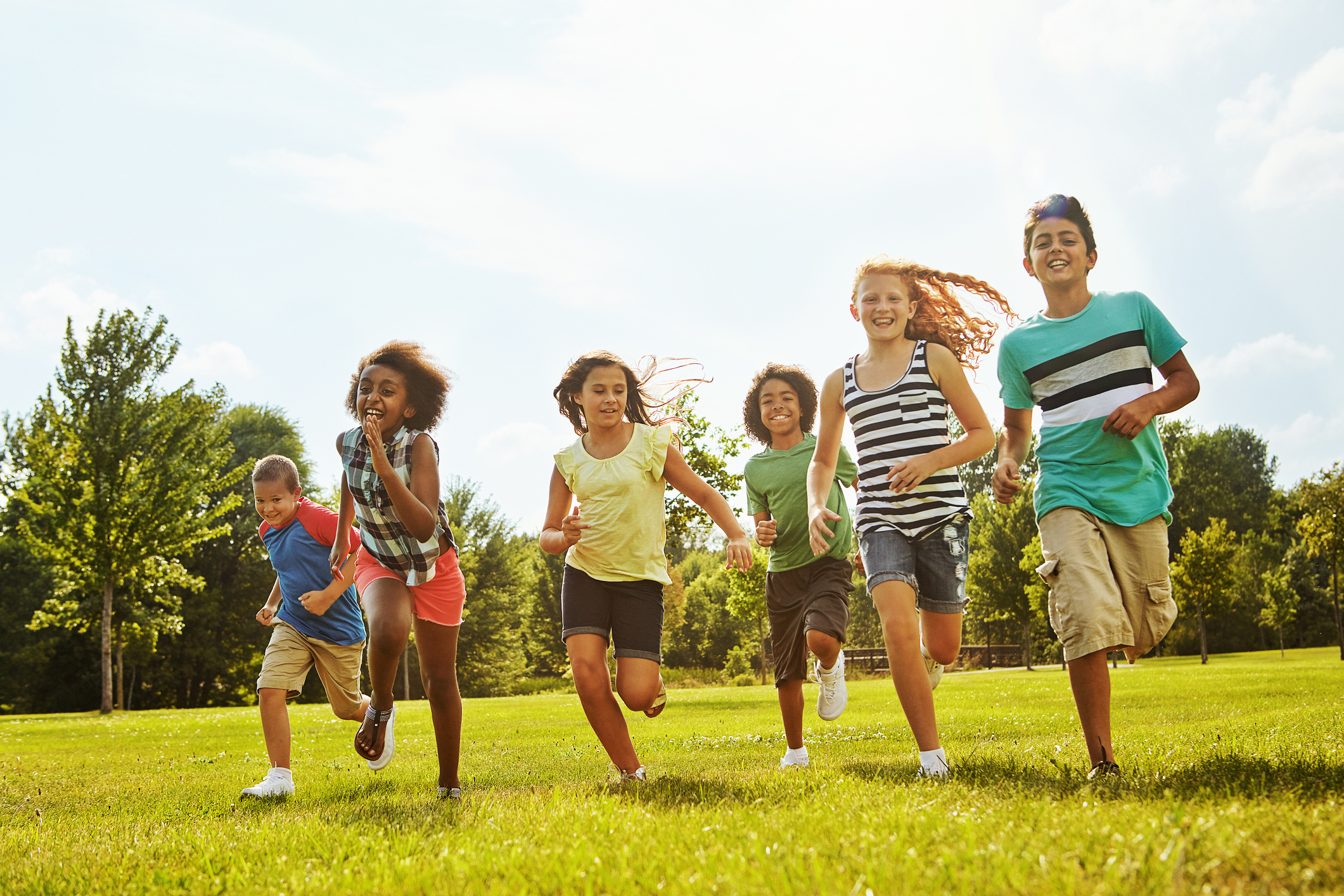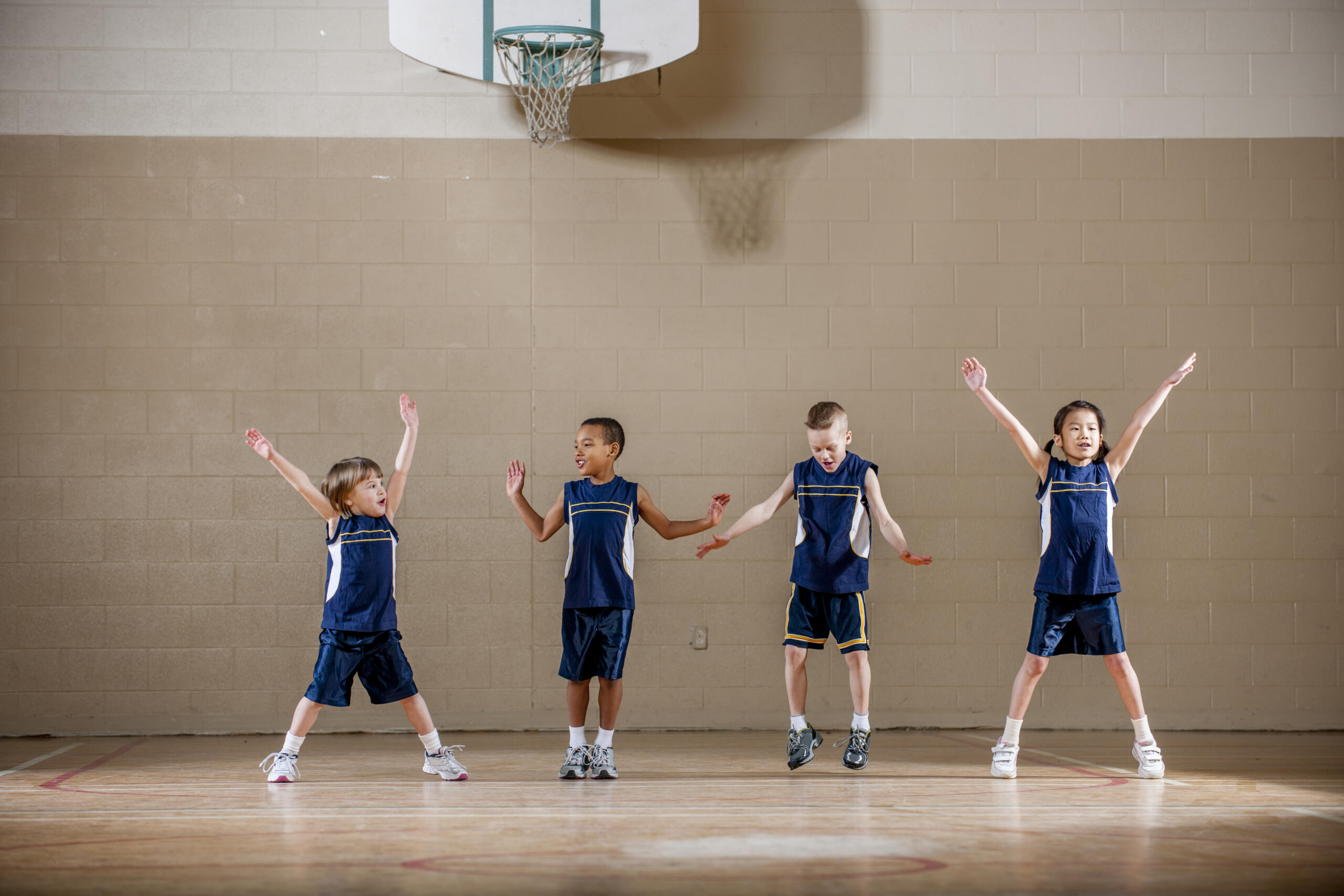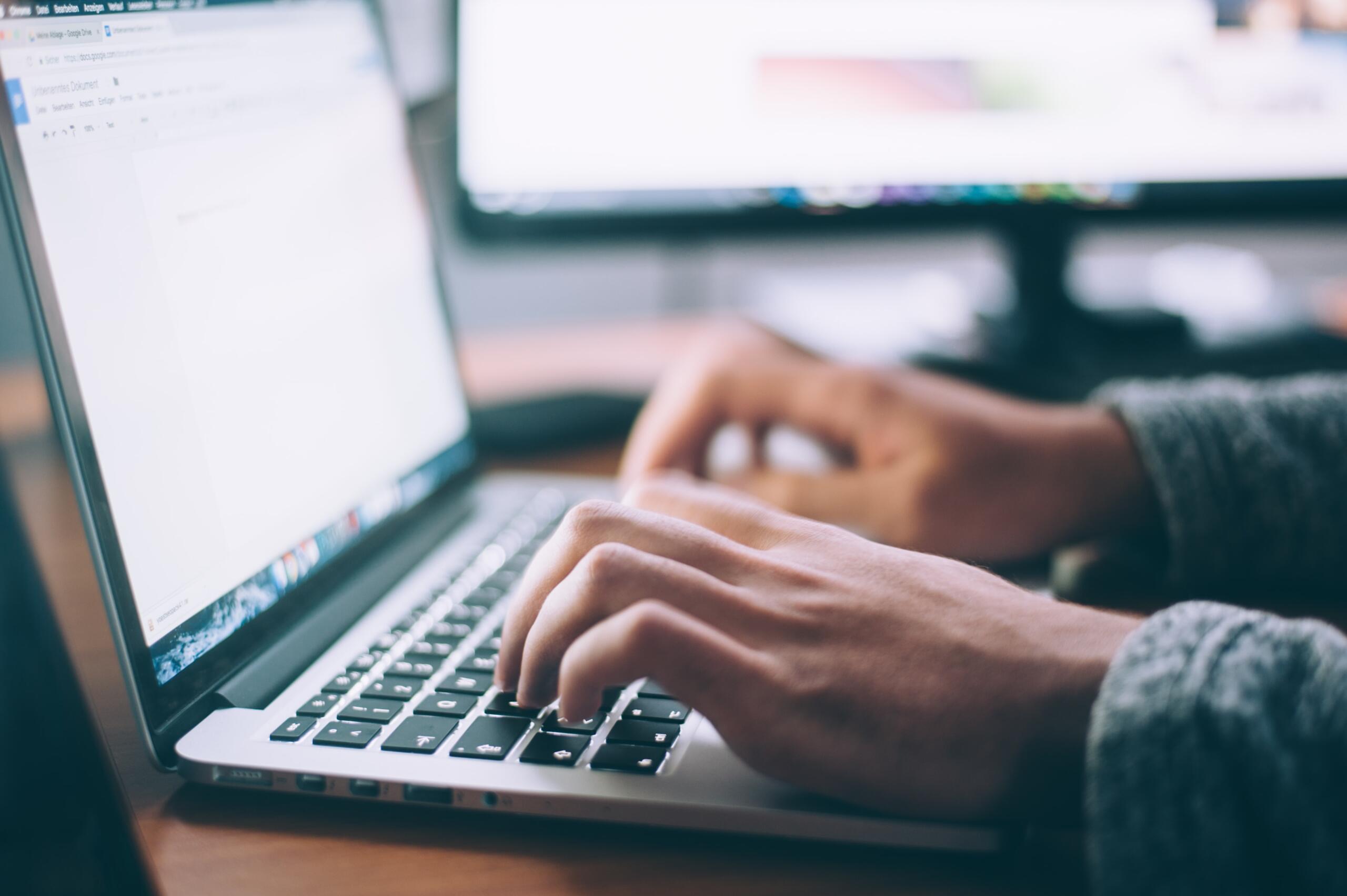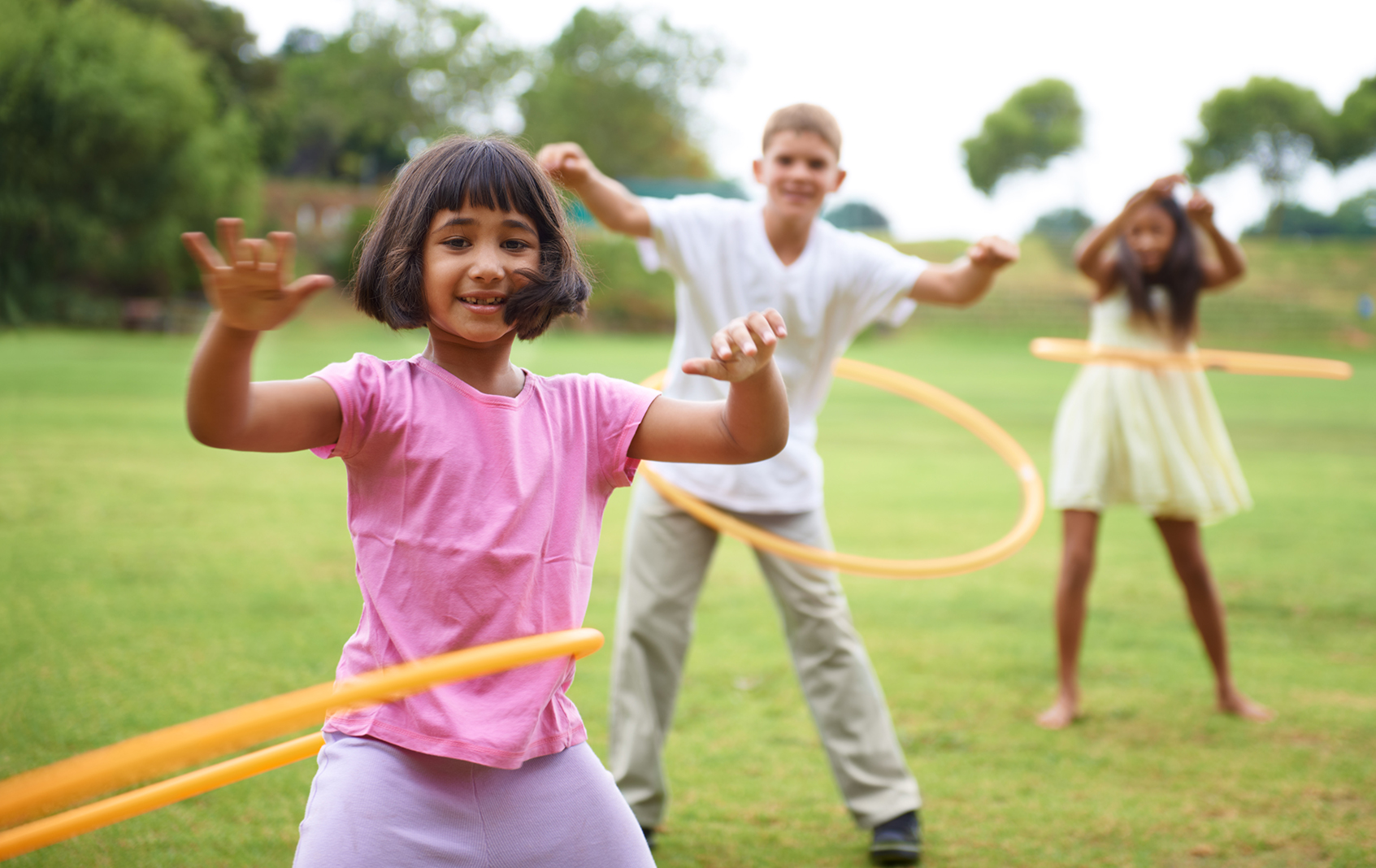What equipment does your gym have that you are curious about using more often? Hula hoops are simple pieces of equipment that have a variety of uses beyond just hula hooping! All it takes is a bit of creativity.
Here are three examples of physical activity and physical literacy games featuring hula hoops, from the School Physical Activity and Physical Literacy project’s PLAYBuilder—a free digital lesson-planning tool for B.C. K-7 educators.
Hula Hoop Tag
Participants practice hopping in this fun game of tag.
Grades K-7
Equipment
- Hula hoops
- Pinnies or a soft object to hold
Setup
- Spread several hula hoops around the playing area.
- Choose several participants to be taggers. Have them wear a pinnie or hold a soft object to identify them as taggers.
Instructions
- If a participant is tagged, they must go to three different hoops and perform a hop inside before re-entering the game.
- Change taggers every few minutes.
Cues
- Stand on one of your feet,
- bend your knee on your standing foot,
- bring your arms back like a superhero cape, and
- bring your arms forward as you hop, and land softly on the same foot you started with, bending your knee.
Hoop Serve
Participants practice serving a ball into hoops.
Grades 3-7
Equipment
- Hula hoops
- Balls suited to your students’ ages and abilities
Setup
- Place participants into groups of five or six.
- Place hoops on either side of the net/line.
- Participants must try to serve the ball and land it inside the hoop. They can keep track of points and challenge other teams. Hoops that are further away can be worth more points.
- Ask them what strategies they used to place the ball in the hoop? Did they move closer to the net, use more power with their striking hand, align their body toward the target, etc.?
Hoop Challenge
Participants must work together to move the hoop around the circle.
Grades 5-7
Equipment
- Hula hoops
Setup
- Place participants into groups of six to eight.
Instructions
- The groups join hands, forming a circle with a hula-hoop hanging between two participants’ hands.
- The challenge is to pass the hula-hoop around the circle without anyone letting go of hands.
- The leader can add more hoops to the circle or make a race to see which group finishes first.
Interested in accessing more activities like these? Sign up today for PLAYBuilder! It’s free to use for B.C. K-7 educators, and features 700+ activities and 100+ lesson plans aligned with the B.C. Physical and Health Education curriculum.
